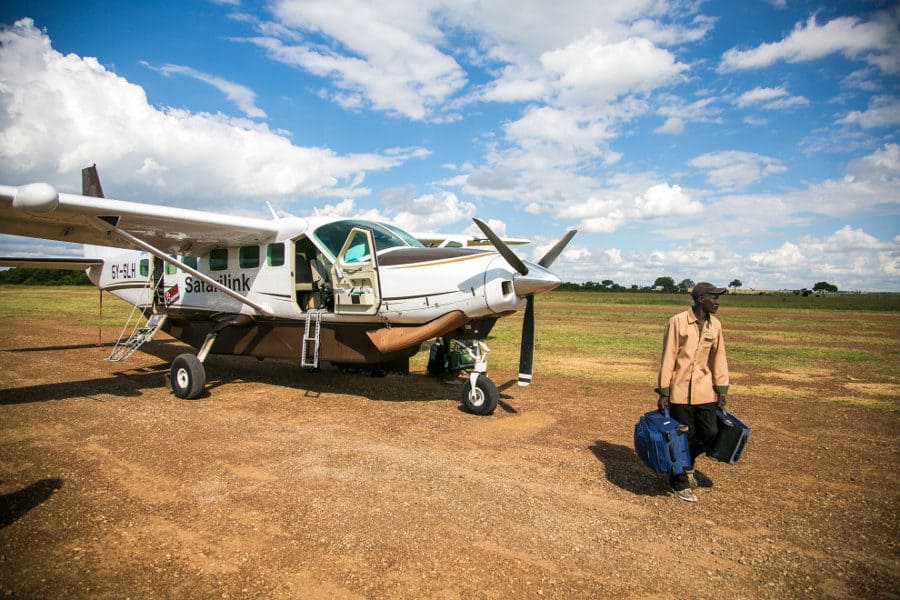The best African safari luggage is completely different to the necessary luggage for a city trip or backpacking expedition.
There are some very unique conditions that make it important to choose specific safari luggage. This includes the dusty savanna, cramped buses, and a jam-packed Land Cruiser bouncing into the wilderness.
The single most important part of African travel is having a suitable bag. Everything else you can work out after you have arrived.
But what is the best luggage for an African safari? Is it a duffel bag or backpack? And if so, what are the best safari bags for your trip?
In this guide, we’ll detail everything you need to know.
Best Luggage for Travel to Africa: The Basics
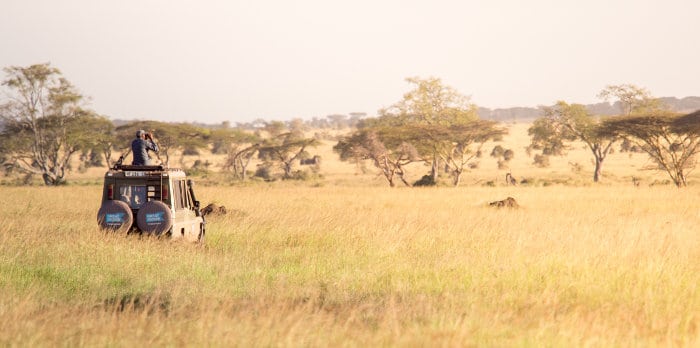
An elephant does not care what you look like. Neither does a lion or even a safari guide.
So put the fancy clothes away and get practical. The wilderness simply isn’t a place for frivolities, and that starts with your safari luggage.
First, take a look at our detailed guide on what to pack for an African safari. In short – pack light and keep it simple.
Why? Well, however you plan to travel in Africa, it’s going to be full, and there isn’t enough space for big safari luggage.
- Light aircraft safari flights have strict 15 kg baggage weight limits.
- Safari vehicles are generally designed for off-roading and don’t have much space for luggage.
- Travel on public transport, and you must be comfortable carrying your own luggage, including walking with it for more than a kilometer.
On an African adventure, you will be moving from place to place. On many safaris, you go to a different camp every day.
So there isn’t even time to unpack everything. Just take the basics and stay practical – this isn’t a fashion statement!
It doesn’t help if you are a wizard at folding safari clothing into crease-free, super-flat, super-organized piles. If your safari luggage is a complete dinosaur, it’s going to be disastrous.
And all the skillful arrangement adds up to nothing if your bag weighs more than King Kong with the Empire State Building in his left hand and a distressed blonde in his right!
What is the Best Luggage for Safari?

It is important to choose the right luggage for your African safari. This way, you can ensure the safety of all your belongings, whether on the plane, bus, or the savanna.
As mentioned above, you will need to pack light. And in addition to sticking to the strict weight limits, the bag should be able to hold all your clothing and gear.
Chances are you’ll need to pack several layers for those warm days and cold nights. You may also need space for your camera equipment.
Luckily, there are many lightweight duffel bags and backpacks that fit the bill. Below is a breakdown of the best safari duffel bags, backpacks, and travel bags for your next African adventure.
Best duffel bag for safari
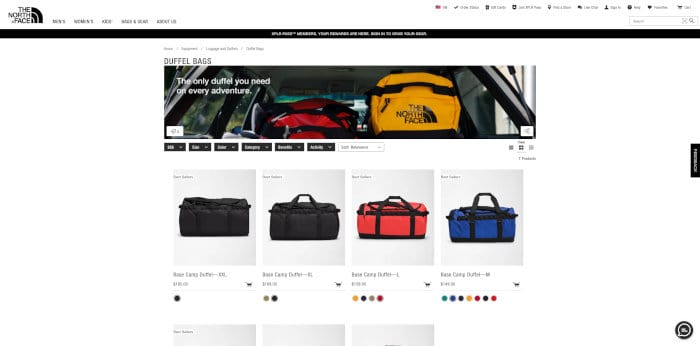
Soft-sided luggage for safari is a must, and there are many duffel bags that offer exactly that. They are also spacious enough to store up to a week’s worth of clothing and toiletries, along with your other safari gear.
Depending on which African safari you’re visiting, it may help to look for a technical duffel bag.
These travel bags have unique features that can help a ton when out in the wilderness. Common features include a water-repellent shell and detachable straps.
But what is the best duffel bag for an African safari? Top brands to look out for include The North Face, Travelpro, and Red Oxx.
Best backpack for safari
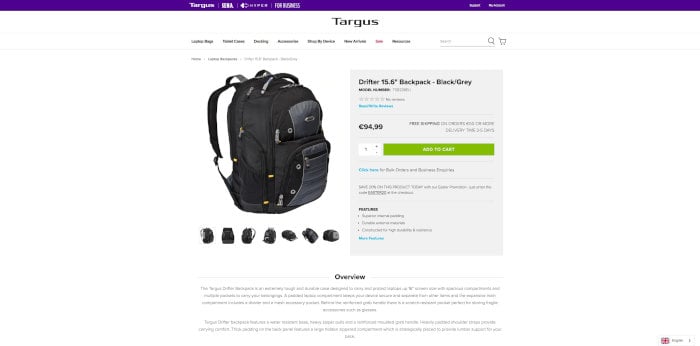
While duffel bags are the preferred pick, backpacks are good too – especially if you’re going on a walking safari through Mana Pools National Park or elsewhere in Africa.
Like duffel bags, backpacks for safari need to be light, durable, and compressible. They also need to have enough pockets and compartments to store your belongings securely.
Backpacks also make for a good secondary bag. As such, opt for a roll-top as these can easily fit into your larger duffel bag during your flight and transfer. This way, you’re getting the best of both worlds.
What is the best safari backpack? Recommended picks include the Saddleback Leather backpack and the Targus Drifter.
Other safari travel bags
In addition to your safari duffel bag or backpack, there are a few other luggage items you may want to bring along.
These items are fanny packs, dopp kits, and camera bags. Each of these can easily fit into a larger bag and can come in hand when on a safari.
Remember to only bring these along if necessary as you might need the extra space.
How to Pick the Best Luggage for African Safari

Let’s recap on the conditions, especially if you haven’t been on a safari in Africa.
On an African safari, you will be driving off-road, often on arid landscapes shrouded in dust. If it’s not dusty, it will probably be muddy.
Take a holiday at an all-inclusive beach resort, and you only use your luggage once – to get from your home to the resort.
In Africa, you will be on the move.
Whether public or private transport, flights or local buses, all that moving means things will spill, and your safari luggage is going to get dirty.
There are usually two options when it comes to what to wear on holiday. Change your clothes every day, or change your destination every day instead.
As you regularly move between destinations, you won’t need lots of luggage. And don’t worry if your clothes are a little sweaty or dust-stained. You will look more out of place in incredibly clean clothes.
It’s going to be hot, probably very hot. You will be battling against humidity. If it’s the rainy season, you and your luggage will get drenched.
These can be tough conditions, so the fundamental principle of all safari luggage is to make it easier for yourself.
In addition to knowing what the best bags for exploring in the wild are, here is how to choose safari luggage. These are sure to make your African adventure easier and packing less challenging.
1. You need quality luggage for safari (but not designer or expensive)
The eternal conundrum is whether to head for an exclusive luggage shop or select the cheapest, most rubbish piece of safari baggage available at a local supermarket.
Airline baggage controllers do not distinguish between designer labels and care not for price tags. Your bags get completely stuffed up, whether you paid a small fortune or got them in the bargain bin.
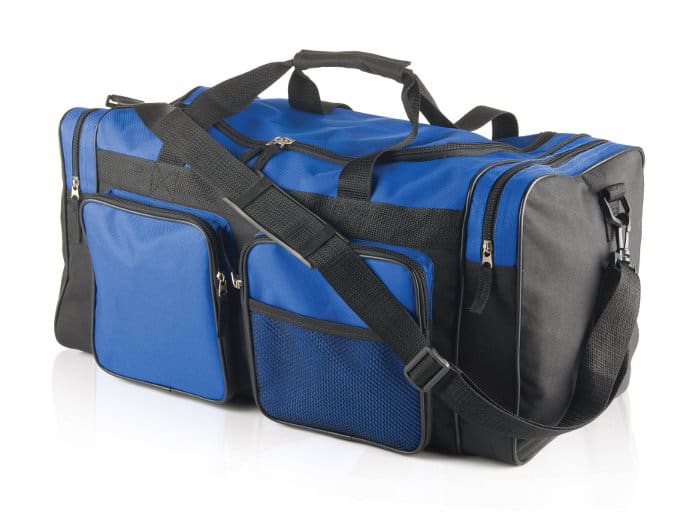
Your bag will be treated like a bag of potatoes by the majority of the people who handle it, from baggage controllers to local bus boys squashing your carefully labeled luggage next to some chickens and maize sacks.
Be warned – fragile stickers don’t work, especially not when you are on safari.
Spending hundreds or thousands on Louis Vuitton’s finest or the very latest Antler miracle is not a wise thing. And the cheapest safari luggage won’t live up to the demands of traveling in Africa.

So go for a good, middle-of-the-road bag – the “iSpot” duffel bag range from Travelite is a recommended choice. They are durable and inexpensive.
iSpots are soft, relatively light, and have a built-in wheely handle so you can pull them along the road and runway when necessary.
iSpots have concealed zips, which all have locking facilities on them (so many lightweight safari bags only have locking docks on their main zips and not on side pockets).
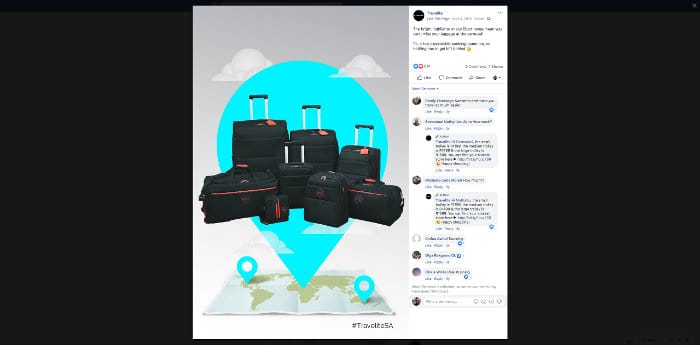
They are hard-wearing, rugged, and spacious enough for two-week trips in Africa. The seams won’t rip and dispose of half your belongings onto a buffalo-covered savanna.
2. Safari travel bags should be soft
In Africa, there is plenty of space for elephants to charge around. But there is not enough space for luggage.
Keeping your weight below 15 kg is important. Your safari luggage needs to mold and squeeze into any available space.
Solid-state suitcases may be good for European city trips, but they are completely impractical for Africa.
These massive, stainless steel megalodons are too bulky, do not stack neatly, and take up too much unnecessary room.

African safaris require soft, squishy bags that can squeeze into small spaces. As previously mentioned, duffel bags are perfect for this.
Backpacks are also a good choice, provided they don’t have a protruding and inflexible frame.
So let’s recap. The perfect safari luggage is light, squishy, hard-wearing, rugged enough for the dusty African savanna, and spacious enough for the safari essentials.
3. Reduce the volume of your safari bag
That aside, you should also take the volume of your bag into account. A 70-liter capacity is around average.
There are some excellent duffels out there, especially those designed for diving or adventure pursuits, which offer more space.
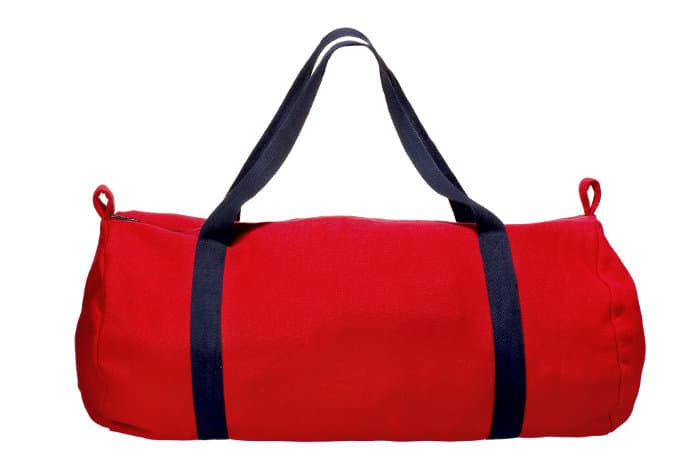
Coming in at $14.95, you get what you pay for with a duffel bag like this. It may last one trip if you are lucky!
But remember that a tightly packed soft bag is better than a loosely packed one because it keeps your belongings from rolling around and getting damaged.
It also prevents your cosmetics bag from getting a bang and leaking its contents all over your clothes.
Some duffel bags have straps that can compress the contents inside. These are ideal, as you can start light and still compress. Then you can expand it if you end up purchasing half a bag of souvenirs.
4. Other key considerations for the best luggage for safari travel
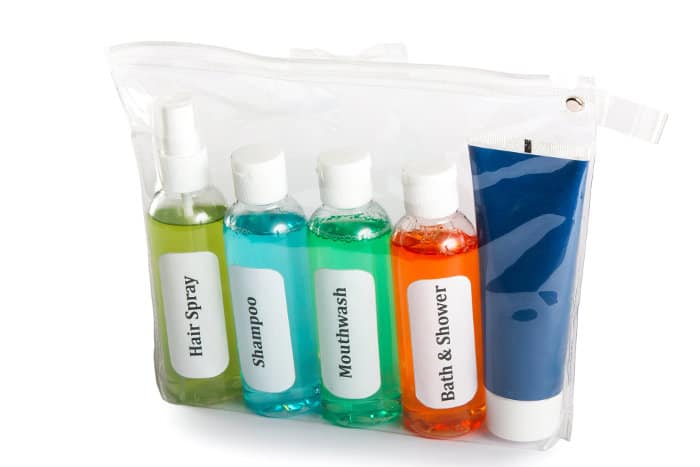
A wet bag is a great idea for cosmetics. Don’t buy an expensive one. You can use a run-of-the-mill high-street supermarket bag and tie the handles up tight to prevent unwanted spillages.
Consider decanting things like shampoo and moisturizer into small containers, or buy them in small bottles, to begin with.
The Body Shop, for example, has some great small bottles of products that are ideal for traveling. This reduces volume.
Your choice of safari luggage is peculiar to you and your needs, what you want to put in it and where you are going.
Whether you spend a lot of money on it or not, just make sure that it is secure with decent locks or, failing that, cable ties.
When flying, never put anything of value in it (jewelry, cameras, computers, cell phones, etc.).
And if it gets damaged by an airline’s baggage handler, make sure you stand up for your rights and get it either repaired or replaced.
Where to Take Your Safari Luggage
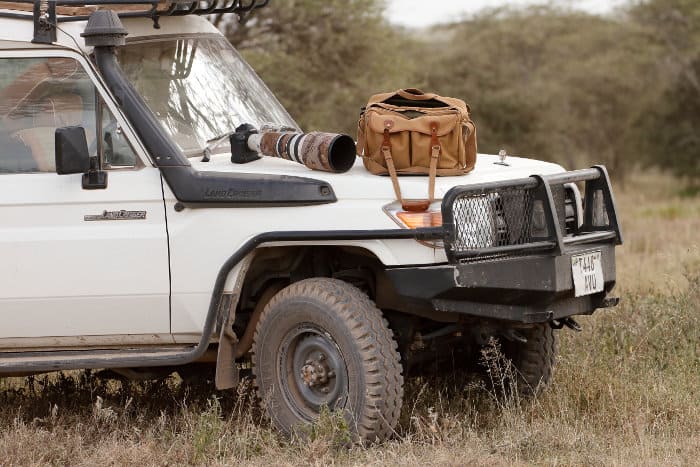
Having the right safari luggage can make or break your trip. But with this guide, you now know what to take and how to take it. So all that’s left is to go out and explore!
But where?
There are endless opportunities for a wild adventure in different locations – South Africa, Botswana, Namibia, Zambia, Zimbabwe, Tanzania, Kenya, Uganda, and gorilla trekking in Rwanda.
Hopefully, your safari luggage will keep you returning to Africa and experience as many incredible safaris as possible.
